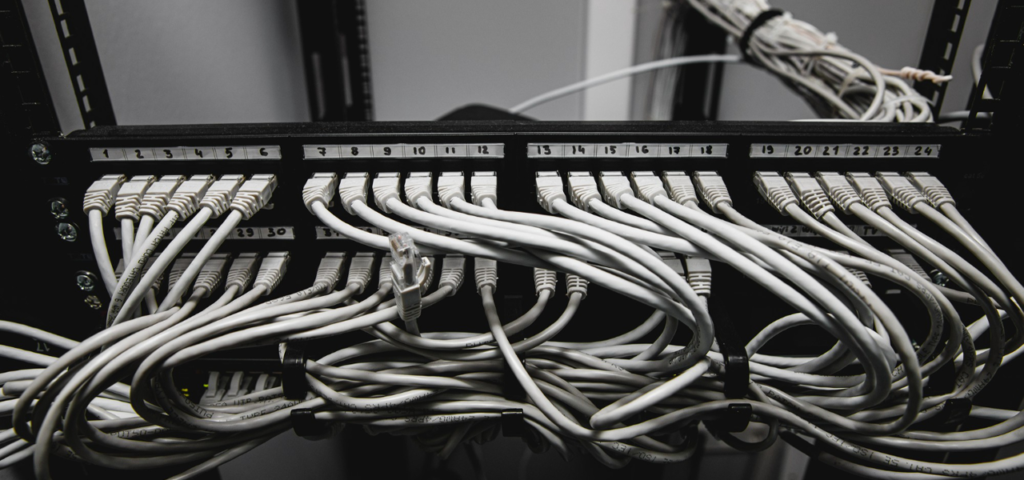But within the rapidly changing landscape of technology, a dependable network infrastructure is vital to any business. The basis of this infrastructure is formed by structured cabling systems supporting communication and data transfer adequacy. In today’s blog, we will discuss the importance of structured cabling and why you should invest in professional network cabling services for your business.
What is Structured Cabling?
Structured cabling is a structured way of connecting the wires, ports which allows multiple use and offer flexibility in hardware that can grow with modern technology. It is a system capable of managing everything in your data, voice and multimedia systems. A properly installed structured cabling system guarantees all your communicative requirements are met with high effectiveness, minimum downtime and superior performance.
Structured Cabling Components

Horizontal Cabling – The cables that link workstations to the network, often running from a telecommunications room to an individual outlet or workstation.
Backbone Cabling – or vertical cabling, which is used to link telecommunications rooms within a building and in some cases the entry facilities between buildings.
Telecommunications Room: An enclosed area that is used to house equipment needed connected backbone and horizontal cabling.
Work Area Components: Materials needed to connect user devices and the network, such as cabling, wedges and receptacles.
Equipment Rooms – These rooms have core equipment that deals with the network.
Entrance Facilities: Entry Points where external cabling connects to internal building systems.
Why Should You Know about Structured Cabling
Future-Proof Investment
A structured data cabling system is scalable and can easily adapt to new technologies in the future. For businesses with growth on the horizon, this can make it a sound investment that will be needed less often in terms of infrastructure overhauls.
Simplified Management
One of the main things that sets structured cabling systems apart is they are organized and standardized – making them easier to manage, maintain and troubleshoot. This minimizes downtime and network performance.

Enhanced Performance
This enables a faster transmission, and the chances of interference on high-quality wiring solutions are minimized. This improves the overall performance of a network, which is essential to keep it up and running.
Faqs
Structured Cabling and Traditional Cabling: HOW THEY DIFFER?
Structured cabling (Cat6) uses standardized methods of connecting hardware and is designed to be future proofed. In contrast, traditional cabling is often not standardized and can be difficult to control or scale.
Realising the Need Of a Structured Cabling System How long does it require to install Structured cabling system?
Installation time varies depending on project size and intricacy. But you can have a rough idea from any reliable network cabling company in Dubai after they check out your needs.
Will structured cabling be able to handle the requirements for new technologies?
One major advantage of structured cabling is its capacity to accommodate numerous present and upcoming technologies, both now as well as in the future – ensuring that your network can always keep up with modern developments.





